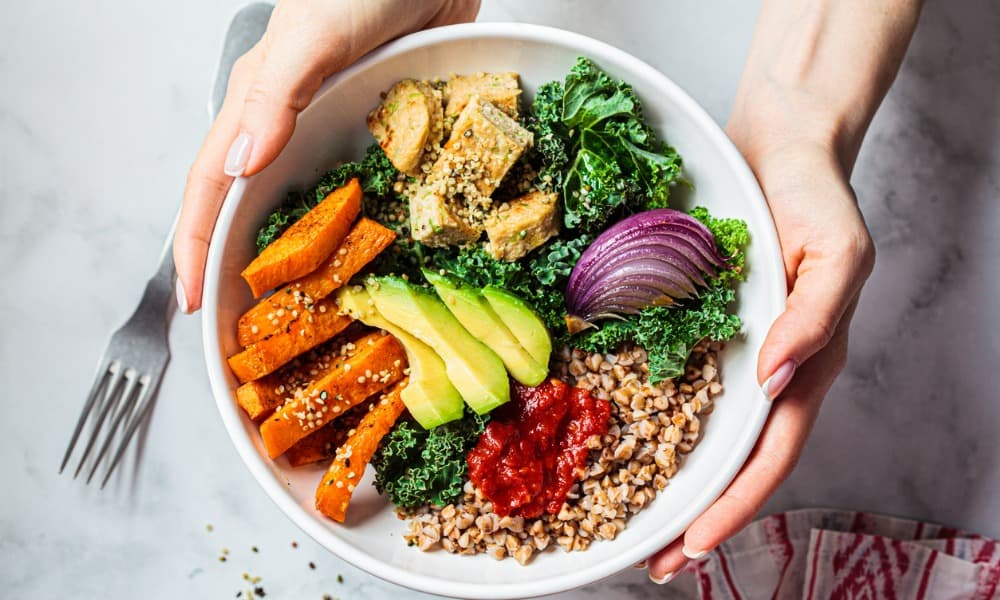Are you in the business of creating healthier plant-based products? Start by reducing sodium.
Key takeaways:
- Many Americans already follow plant-based and vegan diets, and their numbers are growing
- This healthy lifestyle still requires responsibly produced low-sodium snacks
- There are several effective ways to reduce sodium levels in plant-based food products
Only around 3 percent of Americans are currently following a vegan diet, with a further 5 percent identifying as vegetarians. While those percentages seem small, that still equates to over 10 million and 16 million people, respectively!
But while many people believe that “plant-based” means “healthy,” that isn’t always the case. It’s true that vegans and vegetarians who pay attention to their daily sodium intake enjoy some of the healthiest snack options available, but those who don’t can easily fall victim to the surprising amount of salt in their snacks.
Not only does this defeat the purpose of trying to adopt a more health-conscious lifestyle, it also slowly contributes to illness, exacerbating or even causing chronic health problems. Luckily, there are several effective ways for snack makers and other food manufacturers to lower the levels of sodium in their products and positively impact consumer well-being. Read on to learn more.
The problem with sodium in snack foods
Americans are always on the move, which unfortunately means that we get a lot of our daily sodium from processed and pre-packaged foods. This contributes to the average American consuming up to 3,500 mg of the stuff per day – far beyond the ideal daily limit of 1,500 mg.
The negative health effects of excess sodium intake range from the temporarily mild (headaches, swelling, vision disturbances) to the chronically severe (high blood pressure, heart disease). Salty snacks can also lead to unwanted weight gain since these foods are often also high in calories. This can lead to obesity, a further risk factor for hypertension, cardiovascular disease, and diabetes.
When done right, a vegan diet can help reduce the risk of some of the worst effects of excess sodium. Unfortunately, not every vegan or plant-based snack on the market is helpful in this regard. Many plant-based meat alternatives, for instance, have drawn scrutiny for their excessive salt content, as have other vegan/veggie snacks.
As sodium-related chronic disease is reaching epidemic levels around the world, many government agencies and consumers are demanding less salt in our food. This is why snack manufacturers need to be thinking about practical sodium-reduction strategies for their products.
Strategies for sodium reduction in snack foods
The problem with sodium reduction, of course, is the issue of flavor. You can produce the healthiest snack in the world, but if people don’t like the taste, it won’t do anyone any good.
That said, one of the most effective ways to reduce sodium levels in processed foods is to slowly reduce the amount of salt in a product over an extended period of time. In this way, consumers gradually adjust to the new flavor without the shock of a sudden change. The University of Illinois highlighted five more ways the food sector can reduce sodium via salt replacement and reductions and modifications of function, flavor, and physical makeup.
Snack manufacturers might make functional modifications, for instance, by adding healthier additives to their vegan and plant-based food such as pepper, vinegar, dried onion powder, or paprika. Doing so while reducing the amount of sodium in the recipe can offset the loss of salty flavor by introducing new ones. This would increase the overall flavor sensation and could create greater consumer appeal.
Alternatively, manufacturers could make physical modifications by distributing sodium unevenly through their products to create taste contrast and enhanced saltiness. Some plant-based snack products have already successfully reduced their sodium levels while still providing a quick and tasty treat. Some popcorn uses nutritional yeast to replace salt, while other options, like low-salt granola, are great for snacking on the go.
The most future-facing concept in the University of Illinois’ study was the idea of changing how salt crystals dissolve in the mouth (more on that below). This is a truly revolutionary solution that also addresses traditional barriers to cutting sodium.
Obstacles to sodium reduction
In addition to issues with flavor and texture, another barrier to reducing sodium content in snack foods is the significant and expensive changes required at the production level to accommodate new formulations. For these reasons, snack manufacturers have been reluctant to make the production and recipe changes necessary to lower sodium in their products. The problem is compounded by the fact that salt is essential for fermenting and leavening some foodstuffs, while also controlling potentially harmful microbial growth. Reducing sodium in these instances could drastically affect the production process and even endanger consumer health.
While some of these obstacles may seem overwhelming, it’s important for manufacturers to understand that lowering the sodium content of their products isn’t just the right thing to do. It may soon be the only thing to do.
Global health initiatives and consumer preference for less salty snacks are pushing the low sodium lifestyle to the forefront. Organizations including the World Health Organization, CDC, and USDA have published guidelines and recommendations meant to dramatically impact how much sodium food manufacturers use while boosting public awareness of healthy sodium limits. Food makers with an eye on the future need to pay attention to these trends or risk getting left behind.
What can snack manufacturers and suppliers do?
Today, manufacturers and suppliers can work in unison to bring lower-sodium snacks to market by trying different approaches and embracing new sodium technologies. Taste and texture (aka “mouth feel”) don’t have to be sacrificed if an alternative to sodium can be found that hits the tongue in all the same ways. And that’s where MicroSalt® comes in.
The MicroSalt® ingredient is an all-natural form of salt that checks all the boxes – a microparticle that delivers twice the salty flavor of traditional salt crystals so you can use half as much. Perfect for use in existing vegan and plant-based snacks, MicroSalt® doesn’t require significant alterations in production equipment. And since it can halve the amount of sodium you currently use, MicroSalt® represents a savings for manufacturers and a healthier option for consumers.
MicroSalt®’s nano-particles dissolve immediately on the tongue, imparting a higher salty flavor faster than traditional salt crystals. Altering the size of the crystals really does help reduce the need to add excessive sodium to vegan and plant-based food!
If you’re in the business of creating healthier plant-based products, MicroSalt® may be just the ingredient partner you’ve been looking for. Call us at 1-877-825-0655 or connect via our message page to learn more about how our multi-award-winning product can help create healthier snacks without losing any of the flavor that your consumers love.




